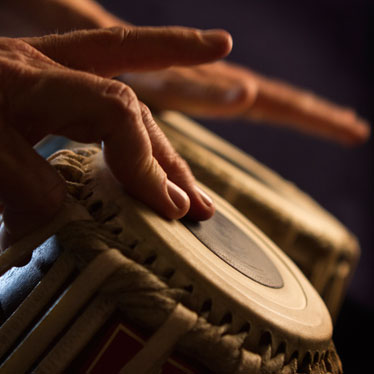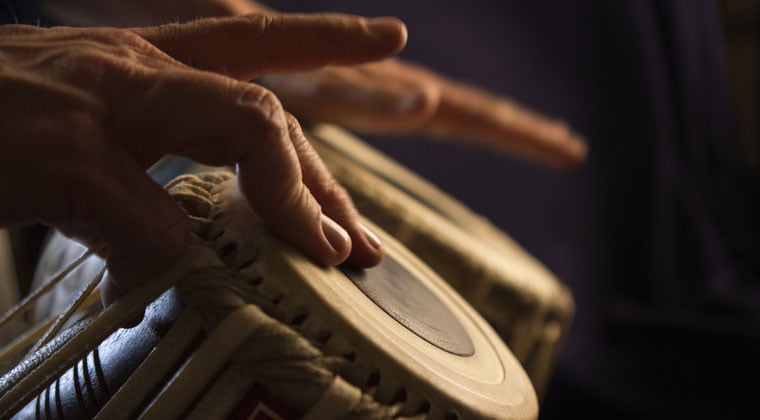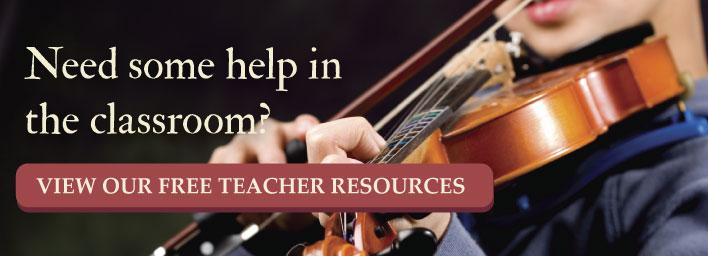
 One of the most crucial aspect of learning music involves the recognition and ability to comply with specific rhythms. Unique in the fact that all music includes and must have it, rhythm is the foundation on which all of the other elements are built. In recent years, as the benefits of a musical education are better understood, music has become a part of the core curriculum schools must teach, and as such, rhythm plays a big part in the early instruction.
One of the most crucial aspect of learning music involves the recognition and ability to comply with specific rhythms. Unique in the fact that all music includes and must have it, rhythm is the foundation on which all of the other elements are built. In recent years, as the benefits of a musical education are better understood, music has become a part of the core curriculum schools must teach, and as such, rhythm plays a big part in the early instruction.
Music depends on timing. The placement of specific sounds in a specific order, for a determined duration, and the way the sounds are organized are all aspects of rhythm. When teaching this element of music to students, it’s helpful to discuss the different terms used to describe the rhythm and how specific rhythms contribute to the overall impression created by the music.
Basic Concept and Definition
The musical term rhythm actually has multiple meanings. In addition to the basic pulse of the music, rhythm can also refer to a pattern contained in a group of notes in musical piece, such as “notice the rhythm in these notes,” or indicate the rhythmic pattern displayed throughout its entirety. And because there are many ways to refer to rhythm, a good way to explain it involves auditory, rather than verbal explanations.
Activities
For students who are being introduced to the fundamental aspects of music, it’s important to ensure that you break down any complexities first. One of the most easily identifiable aspects of rhythm involves recognizing beat. Beat is essentially the steady pulse present in a piece of music, and the downbeat is the strongest pulse, so it’s easy for students to isolate. From there, you can transition to the upbeat, as well as on and off the beat locations. These are important to understand if the students plan to incorporate instrument training in their education.
Naturally, the next step involves demonstrating the way measures (bars) are grouped according to a specific rhythm. Namely, that most bars contain the same number of beats. And how time signatures further indicate the rhythm. However, these concepts are generally introduced to older students. Or those who are taking instrument training.
Imitation
Materials: This is a short exercise that will help introduce basic rhythm to your students, so you really only need a blackboard or a few simple recordings of familiar songs to play. If you want to introduce your students to notation at the same time, simply draw a few measures on the board for a visual representation.
Procedure: Prepare your students by explaining the music has a pulse—often it will make you want to tap your toe, clap your hands, or nod your head—and this pulse is often referred to as the rhythm. This activity is aptly named, and can be adapted with many variations. Students will imitate the rhythms heard and learn to recognize the prominent downbeat. If you are using a recording, play it first, one time through and ask the students if they could “feel” the rhythm. Now, play the song again as they clap along with the downbeat. If you use a rhythm you have drawn, make sure that the children are making the correlation between the simple quarter notes and the single downbeat.
Increase this exercise by making the rhythm a collection of claps, stomps, or sounds created with simple instruments like a triangle or sticks, and let the rhythms get progressively more complex. Another fun variation includes playing it like the “Simon” game. For example, you start by clapping or playing a rhythm, a student repeats it. The next student repeats a slightly different (more difficult) rhythm, and so on, until someone is out.
Rhythm Rounds
Materials: For this activity, you’ll need a variety of percussion instruments (one for each student in the class plus a few extras), but they don’t have to be very fancy. Homemade shakers and drums, kitchen utensils, and other inventive ideas work really well.
Procedure: Your students will create a compilation of different rhythms, and you can demonstrate it by using two or three students to begin. Then once everyone grasps the idea, continue to add students every few minutes. Choose a student who has a fairly loud instrument to begin the beat. Make sure that he or she keeps it steady, using a moderately slow tempo. The next student adds a complementary rhythm, and so on until the entire class has created a complex piece of music using just the elements of rhythm and their percussion sounds.
Teaching rhythm can be fun, but learning this fundamental aspect of timing is very important. These exercises can help spark other fun rhythmic activities, which will help your students quickly grasp the concept.

